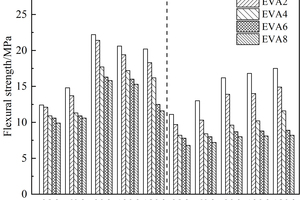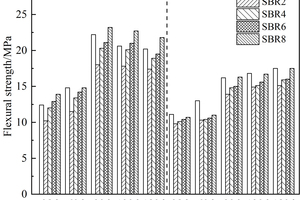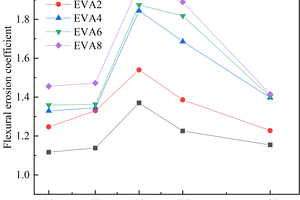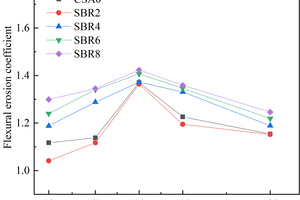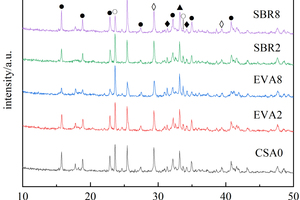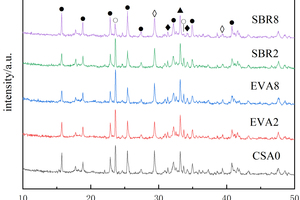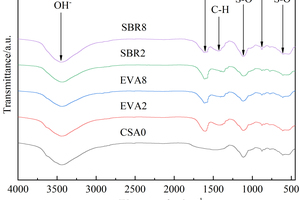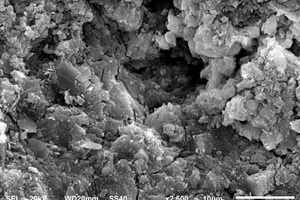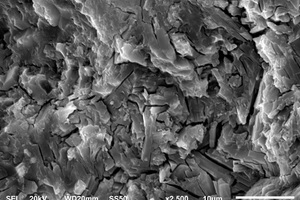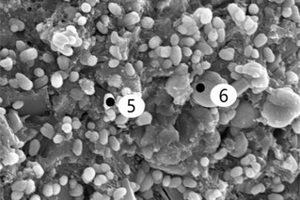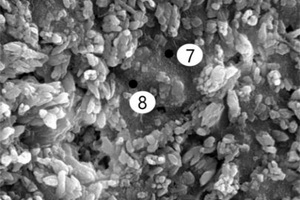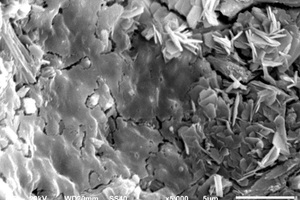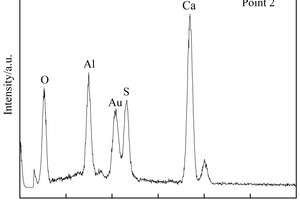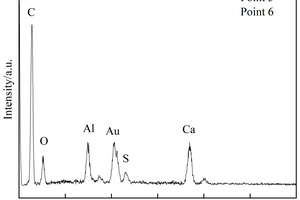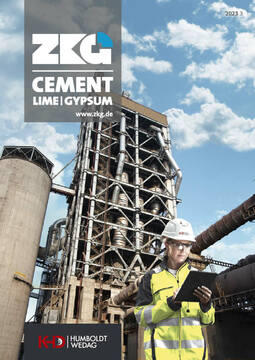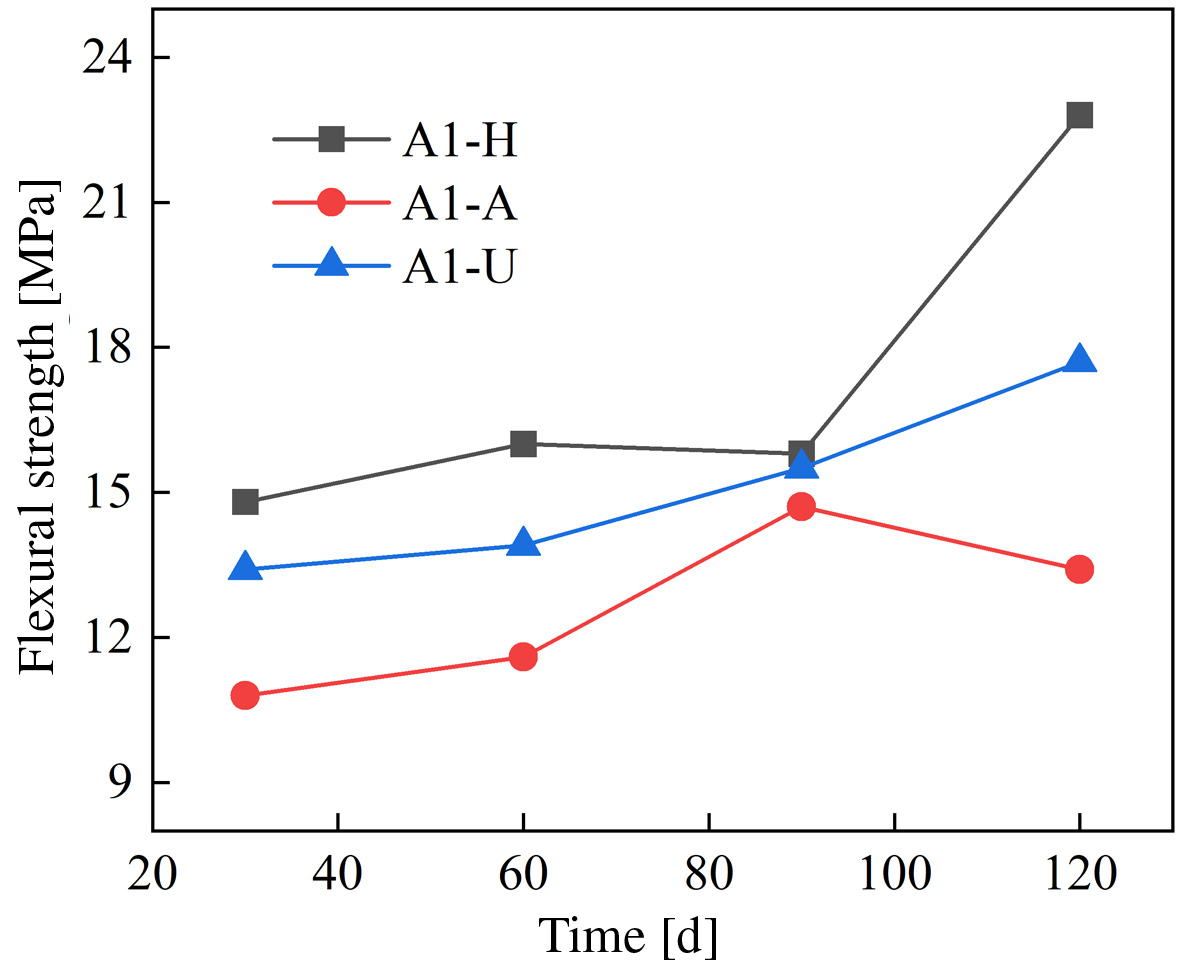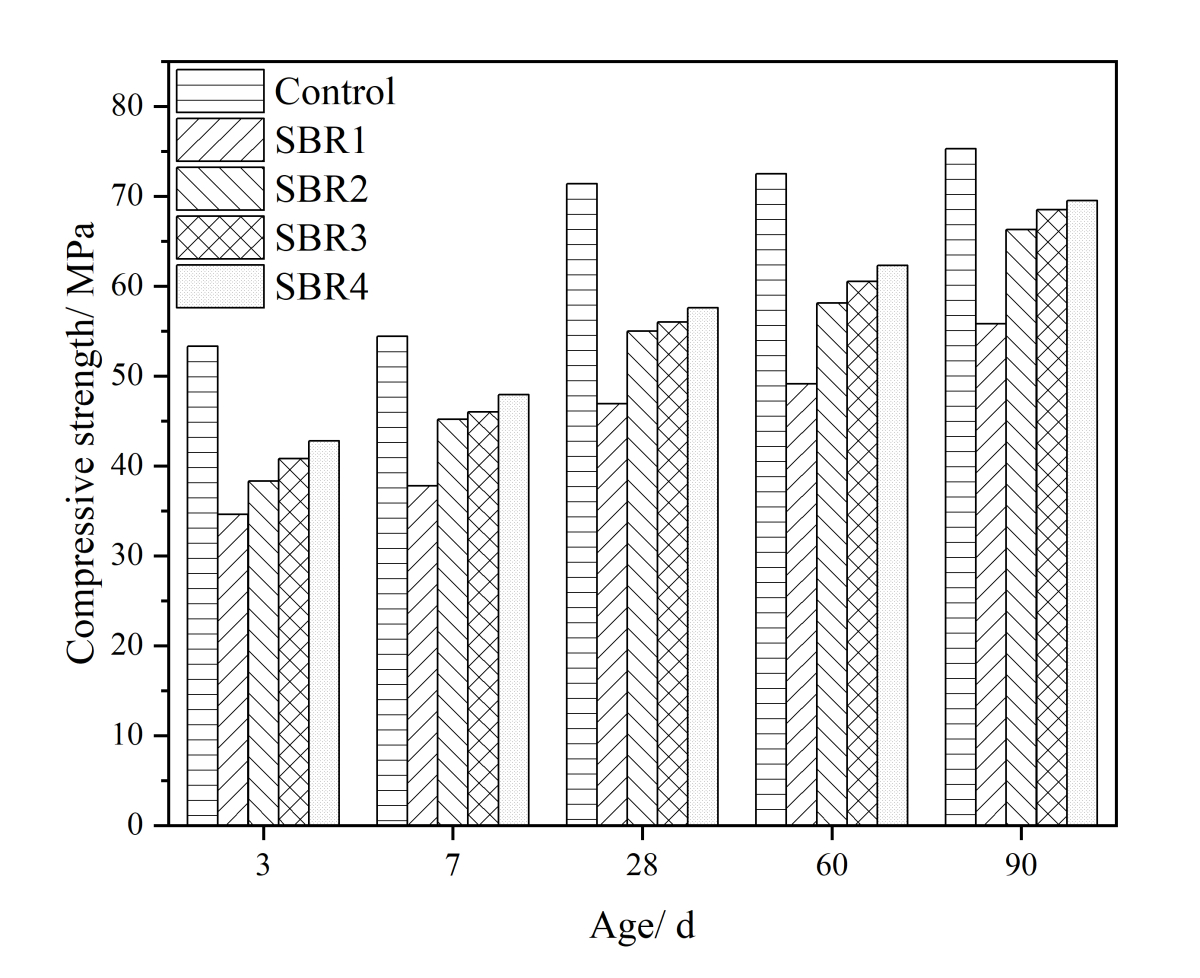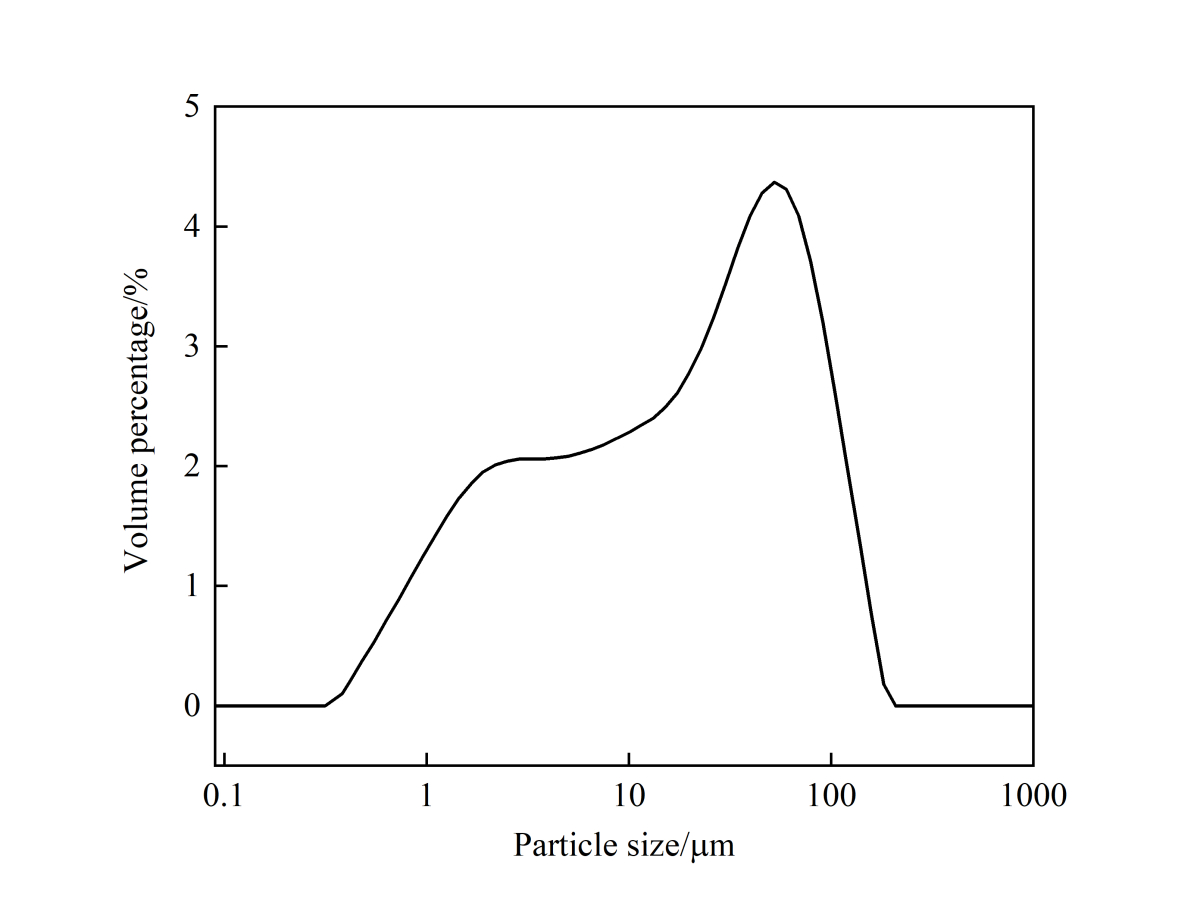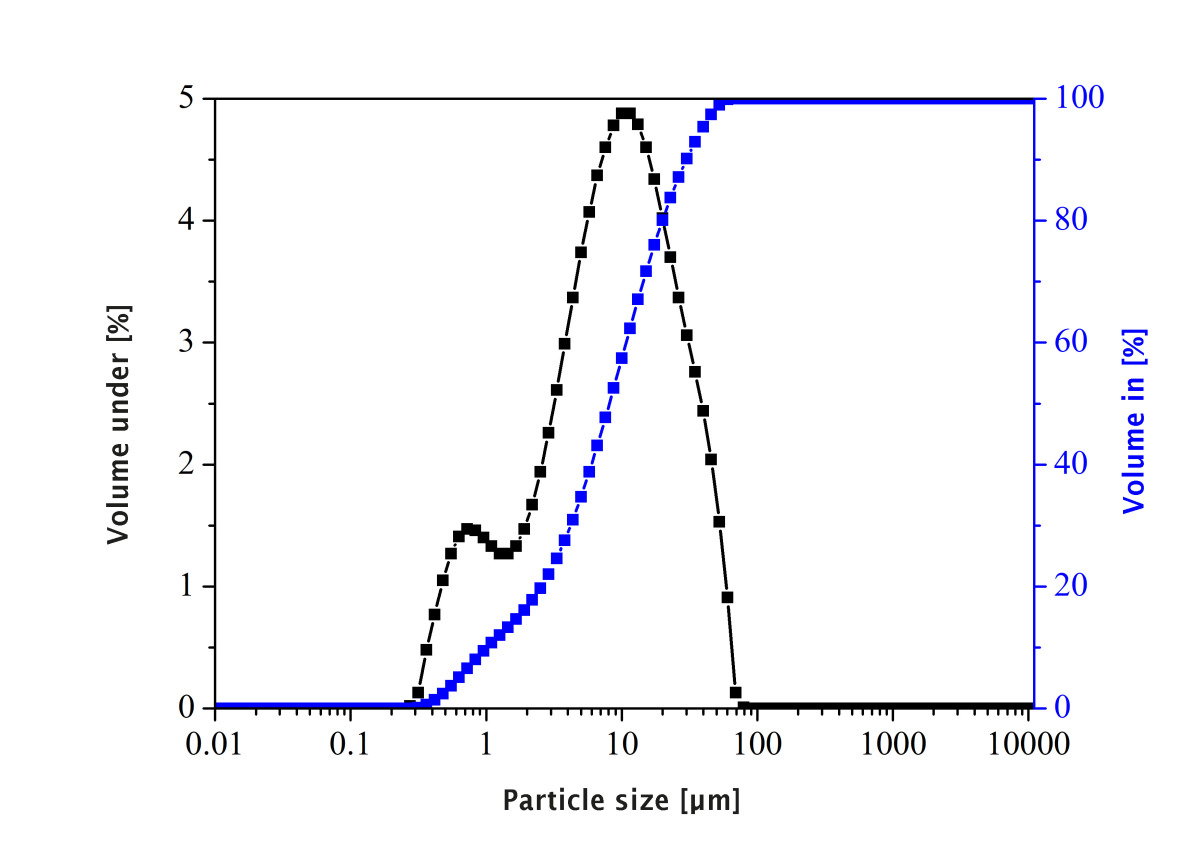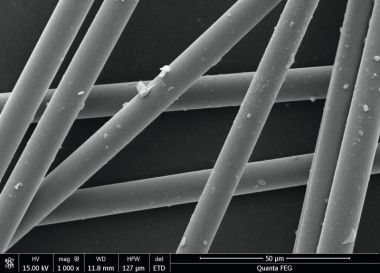Resistance of polymer modified calcium sulfoaluminate cement to sulphate attack
The effects of different dosages of EVA and SBR on the resistance of CSA paste to sulfate erosion under the condition of full soaking in sodium sulfate solution were studied. Based on the development rule of the flexural strength of polymer-modified CSA paste after immersion in Na2SO4 solution, combined with the flexural erosion coefficient, the resistance to sulfate erosion of polymer modified CSA paste was analyzed and evaluated. To reveal the mechanism, the effect of EVA and SBR on hydration characteristics and microstructure of CSA paste under different conditions were investigated by XRD, FTIR and SEM-EDS. Results show that the sulfate resistance coefficient increases gradually with the increase of EVA content; after adding SBR, its flexural erosion coefficient first decreases and then increases gradually with the increase of SBR content. Microscopic analysis shows that under the erosion conditions of the Na2SO4 solution, the amount of AFt in CSA paste decreases with the increase of EVA content, and first decreases and then increases with the rise of SBR content.
1 Introduction
A building structure is easily damaged if it is in the erosion environment for a long time. If the damaged area is not repaired in time, the damage will further develop, which will eventually lead to the scrapping of the building and may even cause safety accidents [1]. Polymer is a kind of repair material modifier with superior performance [2], and its incorporation can improve the erosion resistance, bonding and impermeability of cement mortar. Ethylene-vingyl acetate (EVA) and styrene-butadiene rubber (SBR) are widely used polymer materials because of their low cost, non-toxic...


